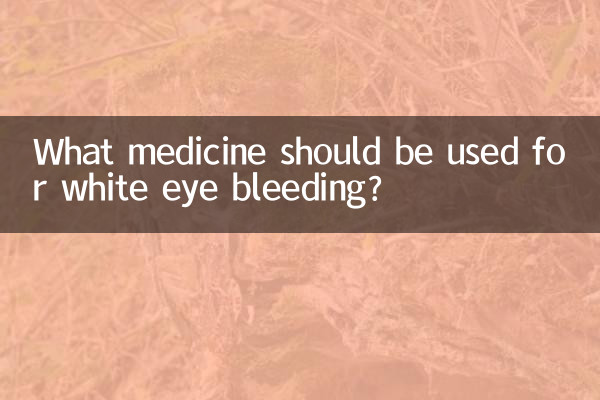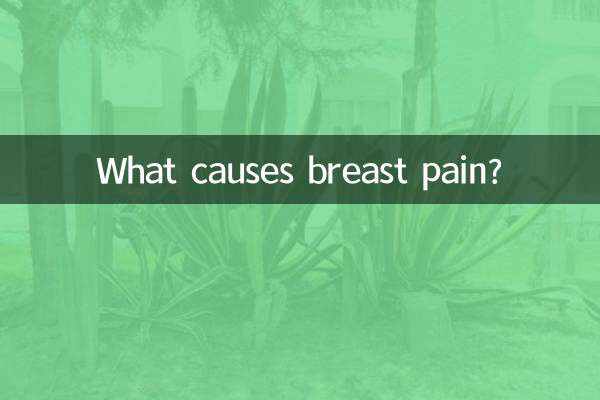What medicine should be used for white eye bleeding?
White eye hemorrhage (subconjunctival hemorrhage) is a common eye symptom that usually appears as bright red patches in the white part of the eye. Although it may look scary, in most cases it will heal on its own without any special treatment. This article will combine the hot topics and hot content on the Internet in the past 10 days to provide you with detailed answers to the medication and care methods for white eye bleeding.
1. Common causes of white eye bleeding

Subconjunctival hemorrhage may be caused by:
| Reason type | Specific instructions |
|---|---|
| external factors | Excessive eye rubbing, eye trauma, severe coughing or sneezing |
| systemic disease | Hypertension, diabetes, blood diseases, etc. |
| other factors | Eye surgery, improper wearing of contact lenses, diving, etc. |
2. Treatment drugs for white eye bleeding
Subconjunctival hemorrhage does not require medical treatment in most cases, but the following medications may be considered on a case-by-case basis:
| drug type | Representative medicine | Function description |
|---|---|---|
| artificial tears | Sodium hyaluronate eye drops | Relieve eye discomfort |
| antibiotic eye drops | Levofloxacin eye drops | Prevent secondary infection |
| Drugs for promoting blood circulation and removing blood stasis | Panax notoginseng tablets, Yunnan Baiyao | Promote bleeding absorption |
3. Care recommendations for white eye bleeding
1.Cold compress treatment:In the early stage of bleeding, cold compress can be applied for 15-20 minutes each time, 2-3 times a day.
2.Avoid rubbing your eyes:Reduce eye irritation
3.Pay attention to rest:Get enough sleep and avoid overusing your eyes
4.Diet conditioning:Eat more foods rich in vitamin C, such as oranges, kiwis, etc.
4. When Do You Need Medical Treatment?
You should seek medical attention promptly when the following situations occur:
| Symptoms | Possible serious situation |
|---|---|
| decreased vision | Bleeding under the eyes or other eye problems |
| recurring bleeding | Hematological diseases may |
| accompanied by headache | hypertensive crisis |
| eye pain | keratitis or other infection |
5. Recent hot topics
1. High temperature in summer causes blood pressure fluctuations and increases the risk of eye bleeding.
2. There are increasing reports of eye bleeding symptoms in patients recovering from COVID-19
3. Discussion on the correlation between prolonged use of electronic screens, dry eye syndrome and eye bleeding
4. Market feedback and effect evaluation of new artificial tear products
6. Preventive measures
1. Control basic diseases such as blood pressure and blood sugar
2. Avoid strenuous activities and heavy physical labor
3. Wear and use contact lenses correctly
4. Maintain eye hygiene and avoid rubbing your eyes
5. Get regular eye exams
7. Summary
White eye bleeding is benign in most cases and will usually resolve on its own in 1-2 weeks. The key is to identify the underlying cause and treat it accordingly. If the bleeding is large or occurs repeatedly, you should seek medical examination in time. Pay attention to eye hygiene in daily life, control underlying diseases, and prevent eye bleeding.
Final reminder: The medication recommendations provided in this article are for reference only. Please follow your doctor’s advice for specific medication. If eye symptoms worsen or persist, you should go to a regular ophthalmology hospital for treatment in time.

check the details

check the details